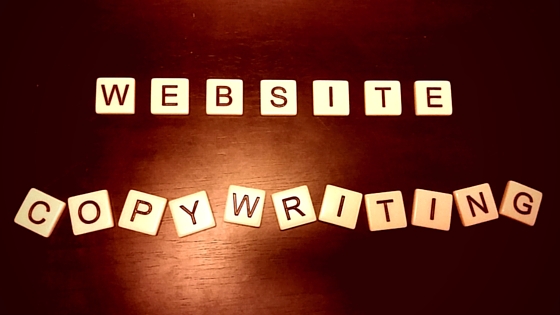 Digital marketing is one part artistry, creating concise messaging, and one part science, using proven truths about how the web functions. While some people are better at content creation than others, these are a few tips and tricks that all digital marketers can use to improve their website copywriting.
Digital marketing is one part artistry, creating concise messaging, and one part science, using proven truths about how the web functions. While some people are better at content creation than others, these are a few tips and tricks that all digital marketers can use to improve their website copywriting.
- Provide excellent content – The most important thing to remember when copywriting is that you want to provide your readers with interesting, easy to read, useful information. If you keep that in mind above all else, you’re off to a great start. The remaining tips and tricks on this list will do very little if you don’t have excellent content to start with.
- Make copy keyword-rich – While it is important to include keywords in your content, industry experts recommend that you first write the entirety of your copy and then go back and research what key term phrases will fit your context as well as support your message. Often times, content that is created based on keywords feels less authentic and fails to connect with readers as well as copy drafted with a message in mind. For more information about keywords, check out The 5 Most Valuable Places for Keywords on Your Website.
- Use keywords & key term phrases high on the page – Web crawlers start at the top of a web page and move down. If you provide keywords in the beginning of your copy, bots and spiders are more likely to index your site and improve your organic search.
- Keep text as text, not graphics – Web crawlers don’t index the graphic text that you include in your website. Yes, you can create a description for each graphic, but those are limited in length. If you’re going to use graphic text, make sure you also include the text as crawlable copy.
- Spelling counts – The last thing you want to do is undermine your message with spelling mistakes. Poor spelling and grammatical errors are likely to affect the time people spend on your website page. Less time spent on pages can affect your search engine results page (SERP) rank and ultimately minimize the traffic to your site.
- Meta, title & description tags – These are the pieces of information that help people find your content, which you can draft yourself. It’s important to include keywords from your content and straightforward copy. For more information, check out 15 Title Tag Optimization Guidelines for Usability and SEO. While it’s not a new post, the tips and tricks are still very useful.
Like this post? Check out past blogs in the archive below.
